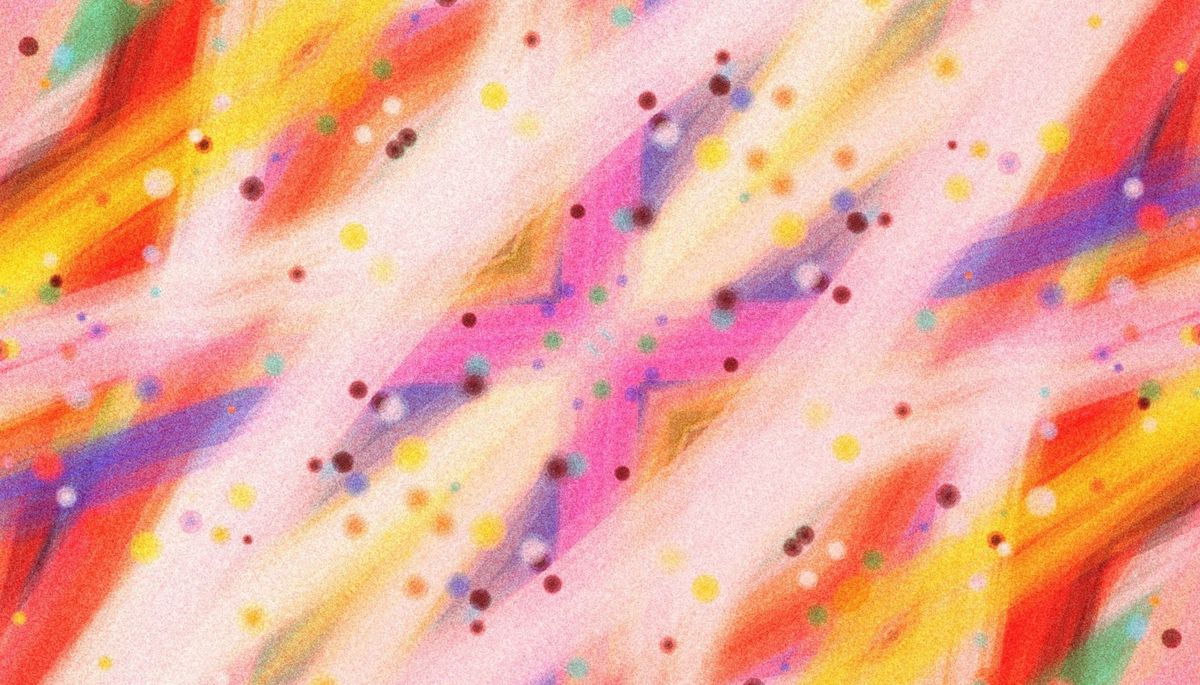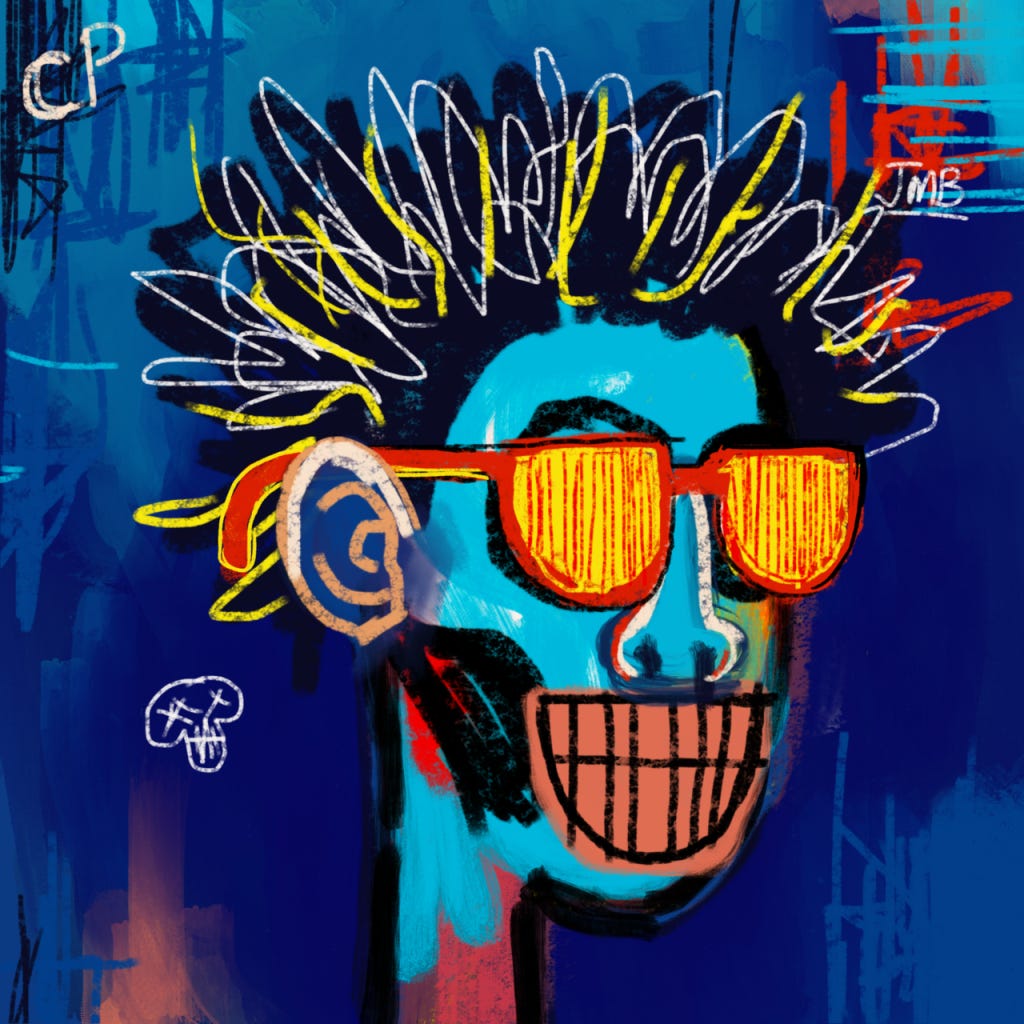As an artist, what makes you, you? This is an incredibly tough question to answer - but to find a leverage point, there's this ephemeral thing called style. And that darned word can mean so many different things - all at once.
Formally, when referring to a singular artwork, it's the characteristics that allow us to recognize what kind of artwork it is, and in other words, allows us to categorize said artwork. Wikipedia, as well as many other sources, borrow Ernst Gombrich's succinct words to define the term. In 1968 the renown art historian wrote:
In the visual arts, style is "[...] any distinctive, and therefore recognizable, way in which an act is performed or an artifact made or ought to be performed and made."
To that end, style isn't just a collection of attributes and/or characterizations associated with a particular piece of art; but it is more than that, it's a way of doing - a process. An excerpt of Gombrich's writing can be found here.
Categorization based on perceptible traits helps us construct a meaningful analysis framework for the art styles of past eras. Especially for classical and formal art styles that had to obey a number of set rules. For modern and contemporary art this might be a relatively constricted perspective however. In the age of the machine we have access to so many more tools that allow artists to express themselves in such a multifarious manner, that the lines between categories become increasingly blurry.
When referring to individual contemporary artists, a slightly more descriptive term might be the term "fingerprint". This comprises an artists' technique, their creative approach, the ideas and messages that they try to express, as well as the choice of the perceptible components like color, shape/form, structure and composition.
Seeing that an artistic fingerprint is comprised out of so many different variable components, it is in essence an ever evolving beast that grows and changes shape as new works are completed. It is something that transcends the individual artwork and communicates across an artists' entire body of work.
Generative art is one such artform where it is difficult to categorize the individual artworks that have emerged in recent years. There's just to many factors that need to be considered when doing so. Generative systems often yield large, if not infinite, output spaces that comprise a wide variety of different compositions. Simultaneously, we also have the inner workings of these systems, that are often concoctions of different algorithmic methods that work in tandem to produce the final output.
Do we judge the system? Or do we completely ignore it and simply focus on the outputs? Given these two schools of thought, how do we create an analysis framework?
Luckily, this is not the question that I'm trying to answer today - because I wouldn't know where to start. A thoughtful piece on this topic is Peter Baumann's article titled Demystifying Generative Art over on LeRandom:

In this article I'd like focus what style means in generative art. Being the 3rd installment of the 3 generative artists series, I'd like to amplify the voices of Shvembldr, Qubibi and Aleksandra Jovanic and showcase the unique generative voices that they have developed over the years.
All of them have been big inspirations to me on my genart journey. Stylistically they cover a lot of ground, and I believe that there's a lot of lessons to be learned by inspecting their careers as artists as well as how they arrived at the art that they're making today.
"Art is the most intense mode of individualism that the world has known." - Oscar Wilde
Shvembldr - Be Different, take Risks
The first artist that I want to have a closer look at today is Shvembldr. Having produced a large body of work since he discovered generative art for himself in 2018, I'd argue that he's become one of the modern pioneers in the space.
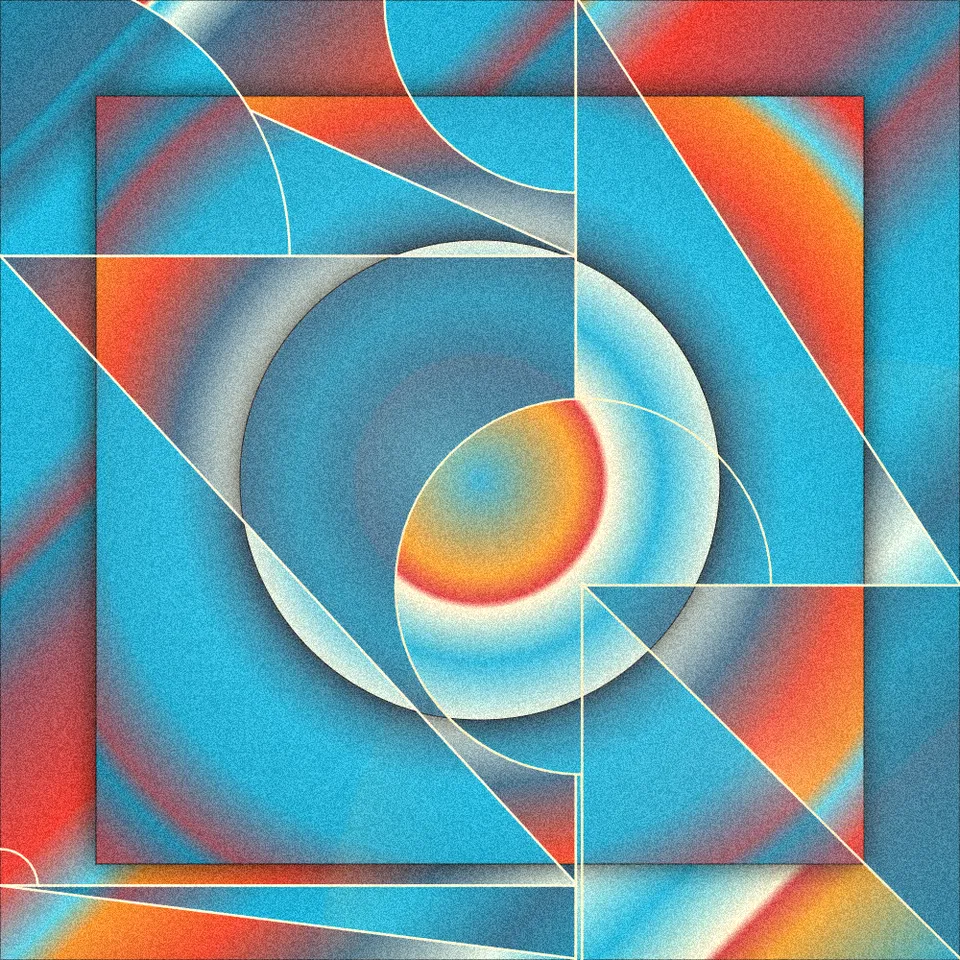
In an interview with Marcelo Soria-Rodriguez, an accomplished generative artist in his own right, Shvembldr makes the following statement after being asked about his artistic influences:
I have a bit of a strange character - I want very much not to be like anyone else (this does not always work), so I try not to be guided by other artists when I create something, and if I use an idea or a technique, I try to remake it beyond recognition. I often use as references the work of artists who wrote with their hands rather than digital.
The only name that escapes Shvembldr is Manolo Gamboa Naon. But like... who isn't inspired my Manolo?
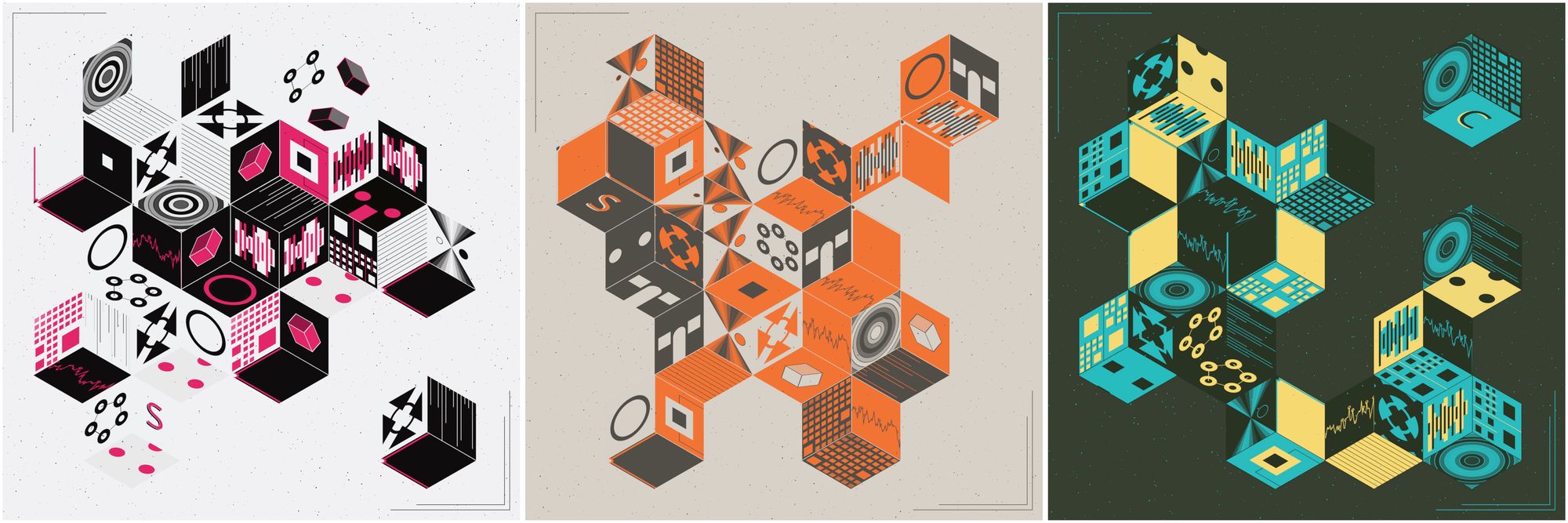
Shvembldr's words resonate deeply with me. I've always thought that it's good to have a rebel mindset, and attempt to approach things from a different angle.
A good example for a group of artists that did things differently, are the early pioneers of generative art, like Vera Molnar for instance - I'd like to think of her as one of the early rebels. She was all in on generative art, even though some of her contemporaries looked at her practice with dismay. That didn't stop her however from making the art that she wanted to make:
I put things on the wall to see them and when people came they would look to the side so as not to get some kind of terrible eye affliction from looking at them. And on the other hand, it made me stronger. - In conversation with Hans Ulrich Obrist
At that point in time there was no generative art that could be used as a reference point; it was completely new ground. Her and other pioneers like Frieder Nake and Manfred Mohr invented a completely new type of visual research for themselves. This led to the influential early geometric compositions that still inspire generative artists many decades later.
If you're familiar with Shvembldr, you've probably heard of his recent struggles - if you have the time read up on his story, and if you have social outlets maybe you can bring some attention to it and support his cause:

Shvembldr discovered generative art for himself in 2018 while working on a small Javascript game for work; random positioning of elements led to interesting compositions that were visually pleasing, and could even be used for audio visualization. His first instagram post is one such experiment. This is not so different from how I got into generative when I was looking into ways to create visualizations that I could use to supplement my music.
After hicetnunc made it possible to mint interactive NFTs in 2021, Shvembldr discovered a new vehicle for the monetization of his creations. He took the leap and pursued this endeavor full-time. Later he had his first big break with his Blocks of Art project on the then young ArtBlocks platform, becoming one of the most successful generative artists in the NFT space.
However, his entire existence was flipped upside down on the 10th of February 2022, when the Latvian police arrested and froze all of his assets. Having accrued almost $9M dollars through the sale of his NFTs on various platforms, transferring such a large amount of money to a bank in his home country raised the suspicions of the Latvian authorities. As of writing this article Shvembldr is still under investigation, even though he has carefully collected and publicly shared every possible kind of evidence that shows how he has acquired his funds. Yet, there is still no conclusion to the absurd situation he has been thrown into.
You can see updates on Shvembldr's situation on the same site that I linked above. Shvembldr took a leap of faith with generative art, gave it his all, and in my book, deserves every penny of the money that he made. Who could have predicted this ridiculous outcome? I hope Shvembldr's struggles come to an end sooner rather than later. If you have an outlet or channel through which you can bring attention to this issue, please do so.
To make art means to take risks. To accomplish anything meaningful really, you have to take risks.
Art is an adventure into an unknown world, which can be explored only by those willing to take risks - Mark Rothko
Taking risks doesn't mean that you have to get shot with a .22 caliber like the performance artist Chris Burden did in 1972 - it means to step outside of your comfort zone, to work with a new medium that might feel clunky, to make something that your audience might not immediately click with.
I'm not sure I want my art to be understood. I want my art to be imaginative and inspiring. I want everyone to interpret it in their own way when they look at it. - Shvembldr interview with Jeff Davis
Taking risks means to do things differently. Just like Shvembldr did.
Kate Vass the Art Curator, echoes the words of Shvembldr and has similar views on finding inspiration as an artist - in an interview with LeRandom she says:
I am always interested in new approaches, concepts and art forms. Those things are rarer nowadays, as the internet can kill any creativity. I always advise artists not to look around too much, as it’s known to erase original ideas by simply being influenced by things you look at or see elsewhere.
Each new project, is an opportunity to reinvent yourself. Try to draw inspiration from unusual sources, there's inspiration everywhere, especially when it comes to generative art, don't limit yourself to only studying algorithmic artworks from other generative artists. Push boundaries.
I want to have my own way. I know it's presumptuous, but that's how I like to proceed - Shvembldr
Qubibi - Finding inspiration in the Mundane
One artist that draws inspiration from unusual sources, and at the same time makes a kind of generative art that sits in a league of it's own, is Qubibi.
I want generative art to be an act of quietly watching over the clashing of rules and chaos.
In recent years, Japanese generative artist Kazumasa Teshigawara, operating artistically under the alias of Qubibi, has risen to become somewhat of superstar in the generative art space. Long before generative art became as popular as it is today, Qubibi was already experimenting with code as an artistic medium:
I started creating my work which is a recent style, not because I had a passion for ”generative art” nor because I chose to do ”generative art”. I was just interested in a certain phenomenon, and as I began to create works of art, I came to realize that this is called "generative art". That's all. At that time, generative art was not as popular as it is today.

Qubibi pursued the ideas and phenomenons that interested him, not generative art as an art direction per se.
In a Marie Kondo-esque manner, maybe the only real way to find your own unique artistic voice, is to seek out the concepts and aesthetics that bring you joy and give you fulfillment, rather than pursuing more elusive things, i.e. an art movement as a whole. A generative artist is still just an artist, and generative art is still just an artform - maybe generative art isn't your own personal final frontier.
One of those phenomenons that Qubibi particularly enjoyed were Turing-esque patterns that emerged after experimenting with an altered version of a reaction diffusion algorithm. The algorithm has become quite a popular method among generative artists of today becoming a widely adopted technique in genart. He likened them to "Zebra stripes/sea shell patterns" in his interview with verse, and subsequently tried to make these patterns his own.
Qubibi released his first artwork in 2010, titled Hello World - a phrase that represents every programmer's first step into the world of code. And as far as I understand, Hello World was meant to be a sort of screensaver software that would run indefinitely, endlessly generating morphing organic patterns:
Although Qubibi was quite active in the Japanese scene in following years, his first big break in the western world was 8 years later in the form of his first solo exhibition at the Museum of Digital Art in Zürich (which sadly closed in 2020 due to the pandemic) showcasing his works over the years. Qubibi then proceeded to take the Tezos NFT space by storm with his highly acclaimed Mimizu and Wiwizn series.
The Mimizu series is brought to life with an evolved form of the same code that originally powered Qubibi's hello world program. In essence, it is a collection of still frames, each of which captures an individual ephemeral moment of his generator. One of the inspirations for this collection were Japanese curiosity stores that specialize in selling a variety of insects - the warm and earthy textures in Mimizu are in many ways evocative of this, as if each individual artwork represented a strange and rare bug. Mimizu literally translates to 'Earthworm' in English.

Qubibi wrote about some other inspirations that lead to the textures:
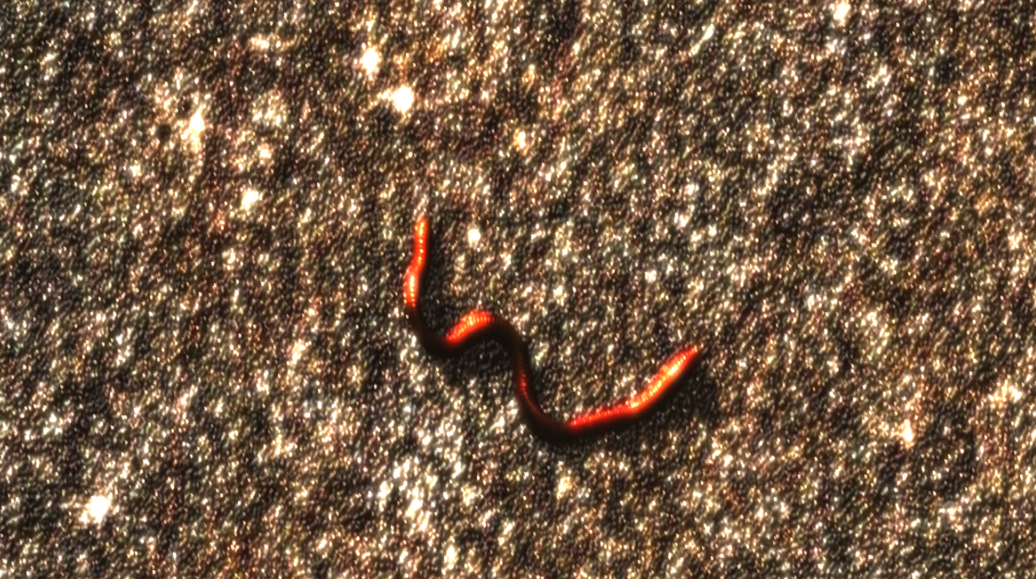
Qubibi's Wiwizn series aims to be a symbolic inversion of it's spiritual predecessor Mimizu. Wiwizn draws inspiration from printmaking, where artists often show alternative versions of the artwork that are colored differently:
When looking at works printed in various colors, the boundaries become blurred and the range of viewpoints widens as the colors change, and the interpretation becomes more than one. It means people who see the work gain the artist's point of view.
Wiwizn is in this manner a literal and symbolical inversion of Mimizu, even the titles are inversions of each other - if you noticed, they're the same word, just flipped upside down.
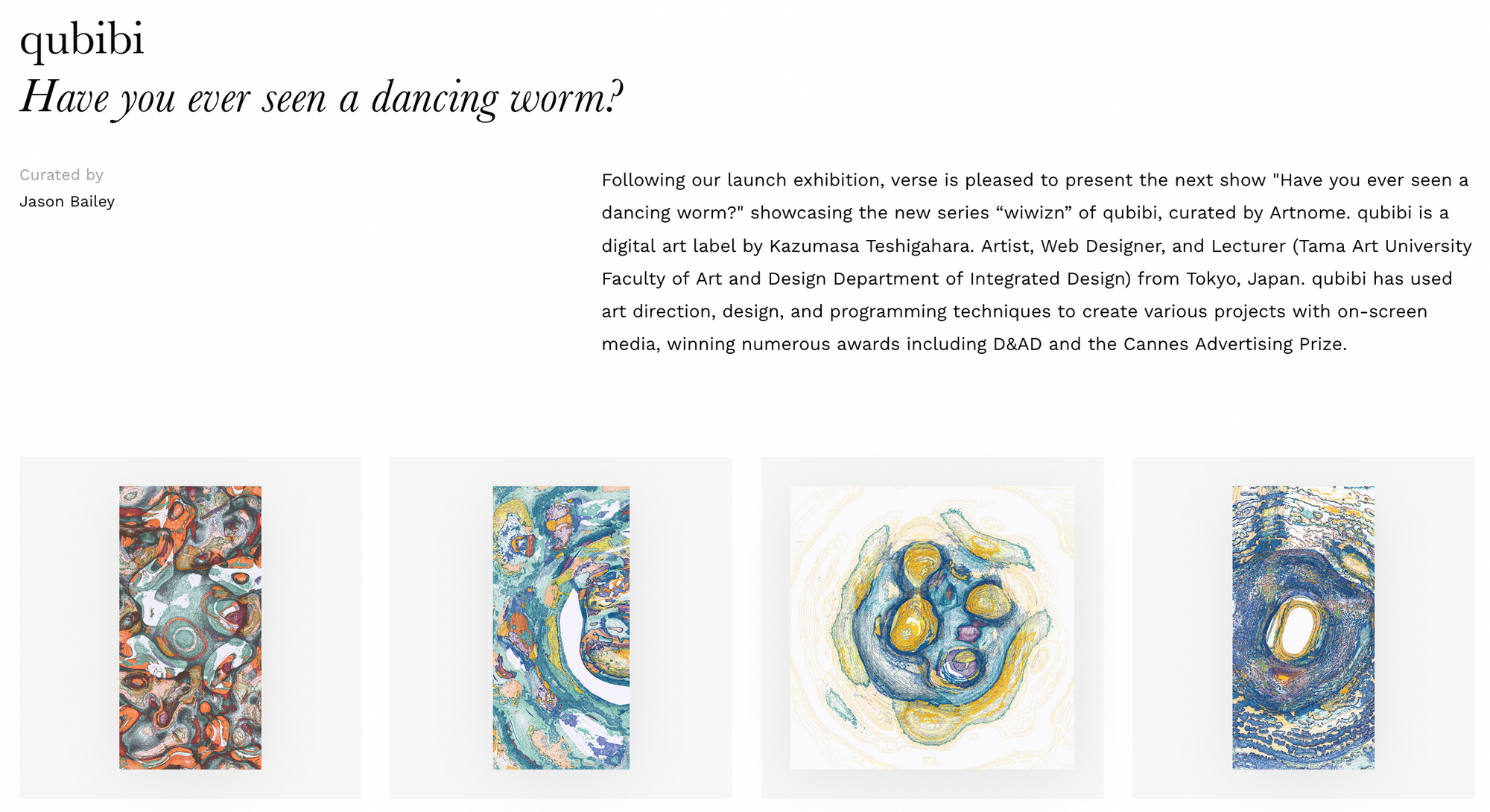
The narrative that Qubibi spans across his body of work is wonderful in so many ways, visually and symbolically it nourishes me with inspiration. While I find myself drawn in by the warm, almost innocently childish textures of his artworks, there's also some mysterious ingredient that eludes me, that I cannot fully comprehend. It were as if I'm making contact with an alien creature that doesn't obey the laws of our universe.
Qubibi is in a continuous conversation with his Art, giving himself and his practice the freedom to freely evolve. The lesson here might be to allow yourself to draw inspiration from any and every source around you, no matter how far removed it might be from the realm of art. There's beauty in everything. Even in something as simple as an Earthworm.
Just do whatever feels right to you. Finally, in an interview with Kaloh, Qubibi's advice to emerging generative artists:
We have no choice but to follow our aesthetic awareness without worrying about surroundings. We have to create subjectively.
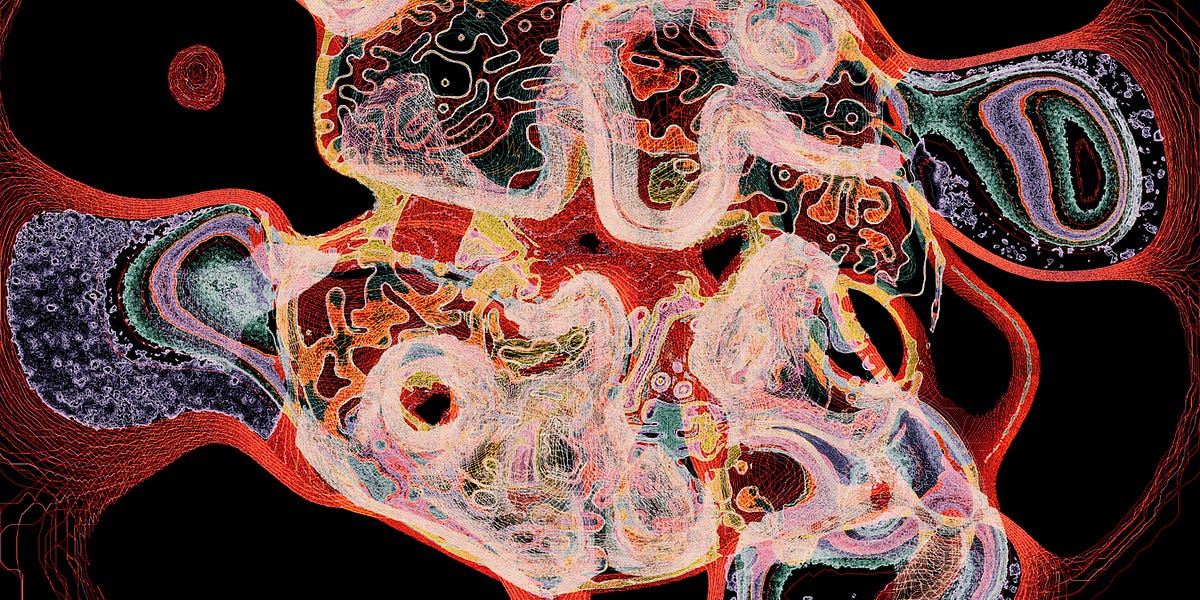
And here's a couple more interviews with Qubibi that you might enjoy reading:


Aleksandra Jovanić - Ask Questions
...and answer them!
Just like Qubibi, Aleksandra has developed a very unique and recognizable style over the years. Today, she is one of the women that stands at the forefront of generative art.

Drawing inspiration from scientific diagrams and illustrations of the 18th and 19th century, her artworks add a modern touch bringing them to life with subtle animation. She says that she wants 'to wake up the artwork', and I think that's beautiful.
In an interview with Unit London, for her new release titled Breathe she's asked about her process:
My approach is built on sequences of asking questions, how an idea can be improved or how something can be done, answering /visualising through code, and then asking a new set of questions. I keep doing this until I’m satisfied with the outcomes. In the process of deconstructing or simplifying a problem and coming up with solutions, the first step is to build from the most basic geometries.

Asking your own questions can be one of the best ways to drive forward a project and develop ideas into more complex things. What would it look like if I did this? What happens when I add this line of code? What happens when I change this number? Again, this reminds of the early visual research that the genart pioneers did.
Aleksandra's approach isn't an isolated incident however, I see other generative artists follow a similar approach:
Each time I work on a generative collection, I write down lists of questions to ask myself to help refine my process and act as a kind of 'quality control'. I have quite a few of them now and was thinking of maybe typing them up as an fxtext piece for fellow artists. Thoughts? 🤔 pic.twitter.com/qbUYnQBwT9
— Bruce @ Studio Yorktown (@StudioYorktown) October 8, 2022
Asking questions can help you narrow down the scope of a project, remove the components that don't work, and incorporate new elements that add something, slowly building out the complexity of the project in a controlled manner.
Just like Aleksandra asks herself questions to develop a piece, she also tries to ask her audience questions. In the accompanying summary that she wrote after completing her Chromatlas series she elaborates on another inspiration for her works:
The other important theme and the one I often return to, at the core of Chromatlas is– human psychology. It stems from my fascination and an insatiable curiosity for topics like apophenia – the tendency to perceive a connection or meaningful pattern between unrelated or random things or illusions
What seems like a collection of grounded scientific diagrams, incorporate forms, symbols, proportions and numbers that are in actuality an act of deception. She lets the viewers draw their own hypothesis as to what the patterns that emerge could mean.
Aleksandra has unarguably taken her generative practice down a unique direction, crafted a very unique generative aesthetic and at the same time built an impressive portfolio. I highly recommend checking out all of her creations if you're looking for inspiration. Maybe you can attempt to create your own generative pseudoscientific diagrams afterwards!
Concluding Thoughts
Looking back at the artists that I've mentioned, what all of them seem to have in common, is that they found and drew inspiration from places that spoke to them and sparked something inside of them. Inspiration comes in many forms, be it as an Earthworm or a mid-century scientific diagram.
Moreover, pursuing the aesthetics and phenomenons that inspire you can be one way to find your unique generative voice. What's important is that you stay true to yourself and make the things that you enjoy making. Ultimately, making art is about having fun.
And that's it from me this week again, hope this was as fun to read as it was to write, and that you learned something new!
If you enjoyed this article, consider sharing it with your followers, friends and family on your socials, that share interest in this nerdy stuff. Otherwise, consider signing up to get notified whenever there's new content on the blog. Cheers and happy sketching ~ Gorilla Sun 🌸
